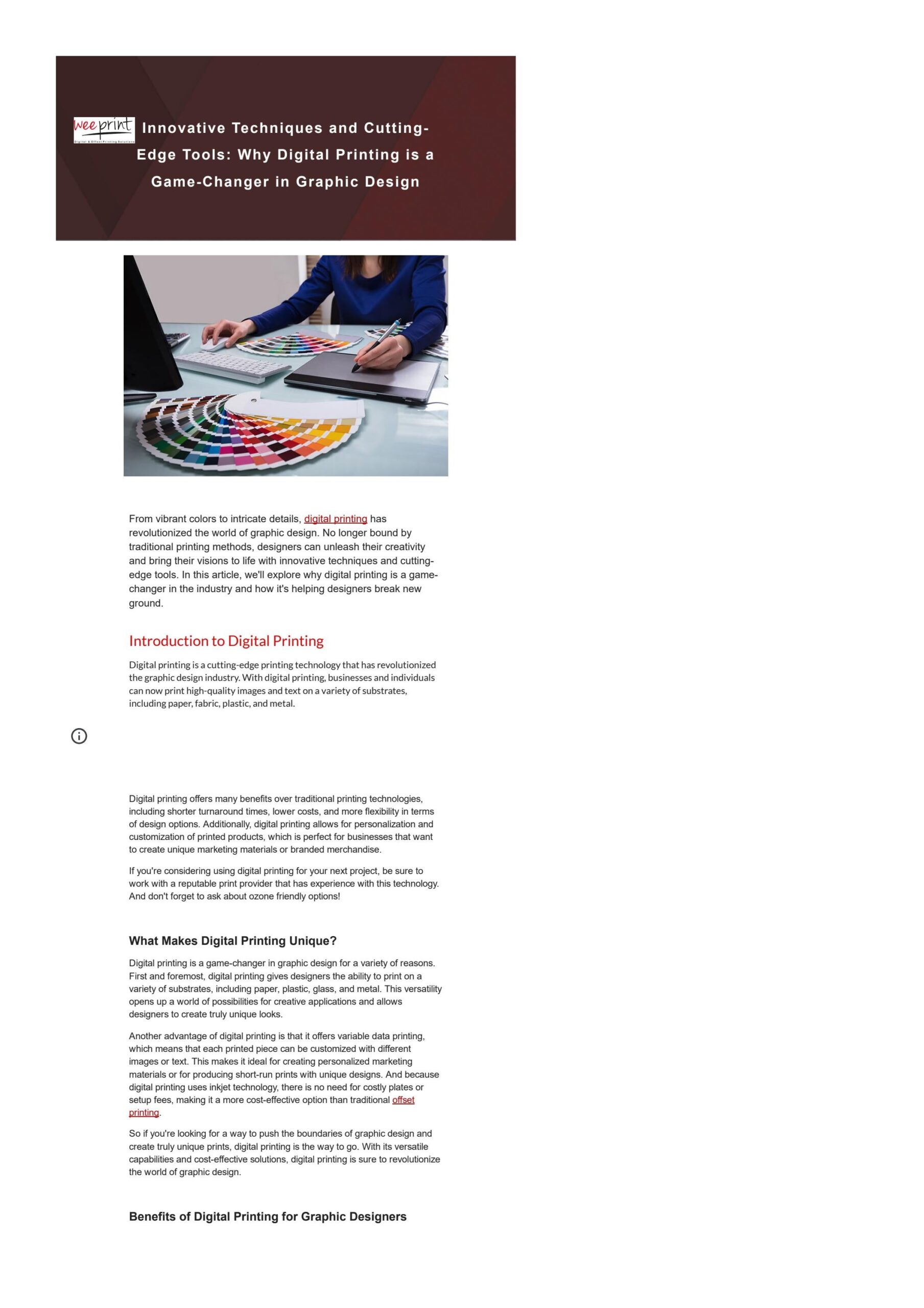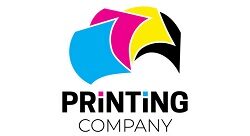Customization Solutions: Digital vs. Offset Printing
When it comes to printing, customization solutions have become increasingly important in meeting the diverse needs of businesses and individuals. With advancements in technology, two main methods have emerged as popular choices for customization: digital printing and offset printing. In this blog post, we will explore the differences between these two printing techniques and discuss their advantages and disadvantages in the context of customization solutions.
Digital Printing
Definition and Process

Digital printing is a modern printing method that involves transferring digital files directly onto various printing substrates. It uses advanced digital technology, such as laser or inkjet printers, to create high-quality prints.
Customization Options
One of the major advantages of digital printing is its exceptional customization capabilities. Digital printers can easily personalize each printed item with unique text, images, or graphics. This makes it highly suitable for projects that require variable data printing, such as direct mail campaigns or personalized marketing materials.
Quality
Digital printing offers excellent print quality, especially for short-run projects. The advanced technology ensures sharp and vibrant colors, fine details, and precise text reproduction. However, it is worth noting that digital prints may not match the exact color accuracy and consistency offered by offset printing.
Cost-effectiveness
For small to medium-sized print runs, digital printing is usually more cost-effective than offset printing. With no setup costs involved, digital printing allows for printing small quantities at a reasonable price per piece. However, as the quantity increases, offset printing becomes a more cost-effective option due to its lower cost per unit.
Turnaround Time
Digital printing offers faster turnaround times compared to offset printing. Since there are no complex setup processes involved, digital printers can start producing prints almost instantly. This makes it an ideal choice for projects with tight deadlines or last-minute changes.
Offset Printing
Definition and Process
Offset printing, also known as lithographic printing, is a traditional printing method that relies on plates and ink rollers. It involves transferring the image from the printing plate to a rubber blanket, and then onto the printing substrate.
Customization Options
While offset printing may not provide the same level of variable data customization as digital printing, it excels in other customization aspects. Offset printers can utilize a wide range of inks, including metallic or Pantone colors, to achieve unique effects. Additionally, offset printing allows for printing on different paper stocks and applying various finishes, such as embossing or foiling.
Quality
Offset printing is renowned for its exceptional print quality. It is capable of reproducing colors with great accuracy and consistency, making it the preferred choice for projects that require precise color matching. Offset prints often showcase a higher level of detail and sharpness, especially for larger print runs.
Cost-effectiveness
Offset printing is more cost-effective than digital printing for large print quantities. While the setup costs associated with offset printing are higher, the cost per unit decreases significantly as the quantity increases. Therefore, offset printing is the preferred choice for bulk printing projects.
Turnaround Time
Compared to digital printing, offset printing requires longer setup times. The creation of printing plates, ink mixing, and color adjustments contribute to slightly slower turnaround times. However, once the setup is complete, offset printers can produce prints at a faster rate, making it suitable for projects with larger print quantities.
Summary
Customization solutions have become a crucial aspect of printing to cater to the unique requirements of various individuals and organizations. Digital printing and offset printing are two prominent methods that offer distinct advantages and disadvantages in customization processes. While digital printing provides greater flexibility, quick turnaround, and cost-effectiveness for small print runs, offset printing offers superior color accuracy, high image quality, and cost advantages for bulk orders. Understanding the differ next ences between these techniques enables businesses and individuals to make informed choices and achieve optimal results in their printing projects.
- Q: What is the difference between digital and offset printing?
- A: Digital printing is a direct-to-digital printing method that transfers digital files directly onto the printing surface, whereas offset printing involves transferring the image to an intermediate medium, such as a metal plate, before transferring it to the printing surface.
- Q: Which printing method is more suitable for customization?
- A: Both digital and offset printing methods offer customization options. However, digital printing is more suitable for on-demand and short-run customization, while offset printing is better for large-scale customization due to its higher initial setup costs.
- Q: Can I achieve high-quality output with digital printing?
- A: Yes, digital printing has significantly advanced in recent years, allowing for excellent print quality, vibrant colors, and sharp details. However, for certain specialized finishes or Pantone color matching, offset printing may still be the preferred choice.
- Q: Does digital printing or offset printing offer faster turnaround times?
- A: Digital printing offers quicker turnaround times, as it eliminates the need for plate setup and allows for immediate printing. Offset printing, on the other hand, requires more preparation time due to plate creation and setup.
- Q: Which printing method is more cost-effective?
- A: The cost-effectiveness of digital versus offset printing depends on the specific requirements of the project. Digital printing is generally more cost-effective for small quantities or variable data printing, while offset printing becomes more economical for larger print runs.

Welcome to my website! My name is Logan Truscott, and I am a professional Vehicle Wrap Designer with a passion for all things related to printing and design. With years of experience in the industry, I have honed my skills and expertise to provide top-notch services to my clients.
